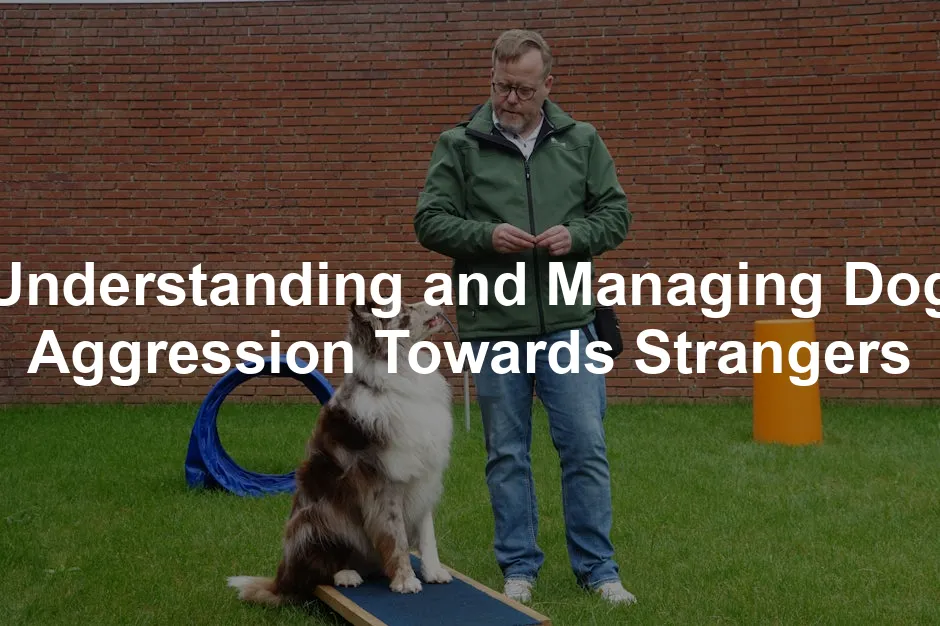Introduction
Dog aggression towards strangers has surged in recent years, especially after the COVID-19 pandemic. Many dogs missed crucial socialization opportunities during lockdowns. Imagine a pup who once met new friends daily, now confused and anxious. This shift has led to increased reports of aggressive behavior. So, what’s a concerned pet owner to do?
Understanding why dogs react aggressively is essential. Aggression can stem from fear, anxiety, or a lack of social exposure. For owners, these reactions can lead to stressful encounters, making walks or visits to the vet daunting. The community also feels the impact, as an aggressive dog poses risks to others, especially children and the elderly.
This article aims to shed light on dog aggression towards strangers. We’ll provide insights into its causes, signs to look for, and practical strategies for managing aggressive behavior. By the end, you’ll feel empowered to tackle this challenge head-on and help your furry friend feel more comfortable around new people.

Summary Section
Dog aggression is a serious concern that every owner should understand. Here’s a brief overview of what will be discussed:
- Definition of Dog Aggression: Aggression can manifest in various ways, from growling to biting.
- Common Causes: Aggression towards strangers often arises from fear, anxiety, or lack of socialization.
- Signs of Aggression: Key indicators include growling, stiff posture, and excessive barking.
- Effective Management Strategies: Techniques like positive reinforcement and professional help can significantly reduce aggressive behavior.
- Importance of Socialization: Early socialization and ongoing training are crucial for helping dogs interact positively with strangers.
Stay tuned for some fascinating case studies that highlight successful strategies in action!
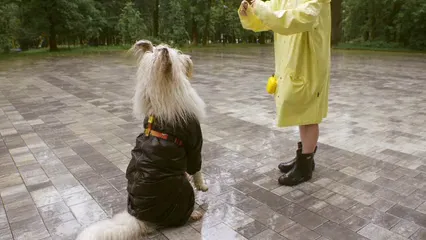
Understanding Dog Aggression
What is Dog Aggression?
Dog aggression refers to behaviors intended to intimidate or harm. It’s essential to distinguish between normal canine behavior and aggression. For example, a dog barking at a stranger can be a protective instinct, while lunging at them is a sign of aggression. Stranger-directed aggression is a specific type where the dog exhibits aggressive behaviors towards unfamiliar people.
Understanding this distinction is crucial. Not every bark or growl signals aggression. Sometimes, dogs express themselves through play or excitement. However, recognizing when excitement turns into aggression is key to ensuring safety. Early intervention and understanding can prevent escalation and help dogs learn appropriate responses to strangers.
With this understanding, the next step is to identify the signs of aggression and their underlying causes. This knowledge will empower you to manage your dog’s behavior effectively and create a safer environment for everyone involved.

Signs of Aggression
Recognizing the signs of aggression in dogs is crucial for effective management. Aggression can manifest in various ways, from vocalizations to body language.
Vocal Signs:
- Growling: This low, rumbling sound often serves as a warning. It indicates discomfort, fear, or the desire to establish dominance.
- Barking: Excessive barking can signal distress or a need to protect. It’s often accompanied by other aggressive behaviors. Learn how to stop your dog from barking at strangers.
Physical Indicators:
- Lunging: A sudden forward motion toward a person or object shows intent. This behavior may escalate quickly and requires immediate attention.
- Biting: Biting can range from a warning nip to a severe attack. Understanding the context is essential for managing this behavior.
Subtle Body Language:
- Stiff Body Posture: A rigid stance often signals tension. Dogs may freeze in place, indicating they’re ready to react.
- Raised Hackles: Hair standing on end along the spine suggests heightened arousal, often due to fear or aggression.
- Stiff Tail: A tail held high and stiff can demonstrate confidence or a threat. Pay attention to the overall body language for context.
- Avoidance: Hiding or turning away from a perceived threat can also be a sign of stress or discomfort.
Knowing these signs allows owners to intervene early, creating a safer environment for all involved.

Reasons for Aggression Towards Strangers
Understanding why dogs exhibit aggression towards strangers is essential for effective management. Several factors can contribute to this behavior.
Fear and Anxiety
Many dogs react aggressively out of fear. A sudden approach from a stranger can trigger defensive instincts. A Dog Anxiety Vest can help calm your pup during these stressful moments, providing comfort and support when they need it most.
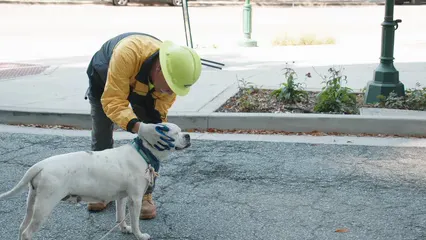
Lack of Socialization
Dogs that haven’t been exposed to varied people during critical developmental periods may view strangers as threats. Regular social interactions during puppyhood are vital. Consider using a Dog Training Clicker to reinforce positive behavior during these interactions!
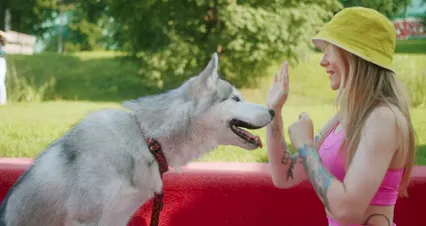
Past Traumatic Experiences
Negative encounters, such as being hurt by a stranger, can instill lasting fear. This can lead to aggressive responses when encountering new people. A Dog First Aid Kit can ensure you’re prepared for any mishaps, helping to ease your mind during outings.
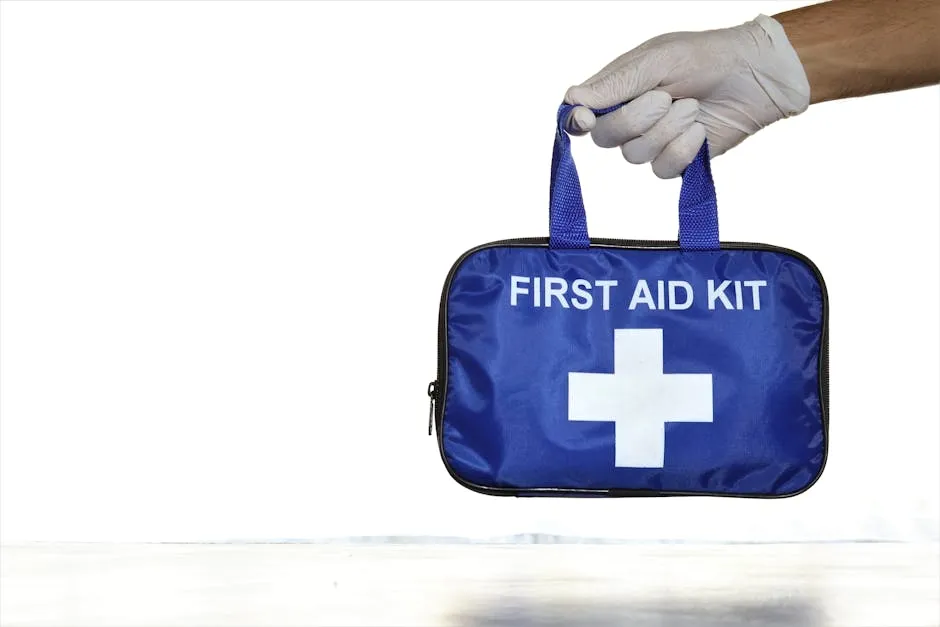
Genetic Predispositions
Some breeds are more prone to aggressive behavior due to their genetic makeup. Understanding breed tendencies can aid in managing expectations. If you have a high-energy breed, consider investing in a Dog Agility Training Set to keep them engaged and stimulated!
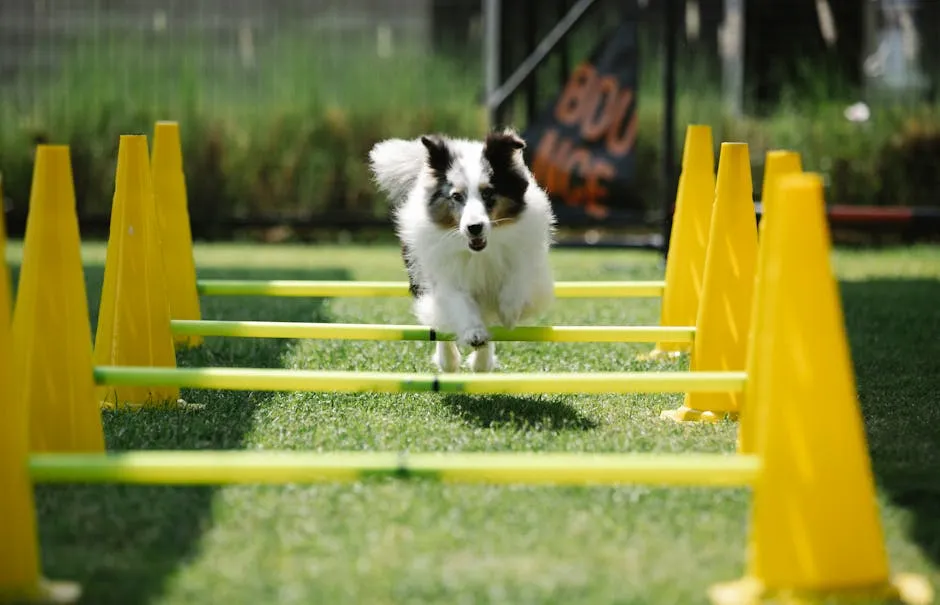
Territorial Instincts
Dogs often feel the need to protect their home and family. Aggression towards strangers can stem from a desire to defend their territory. Using a Dog Leash with Reflective Stitching can help you maintain control during walks, ensuring safety for both you and your dog.
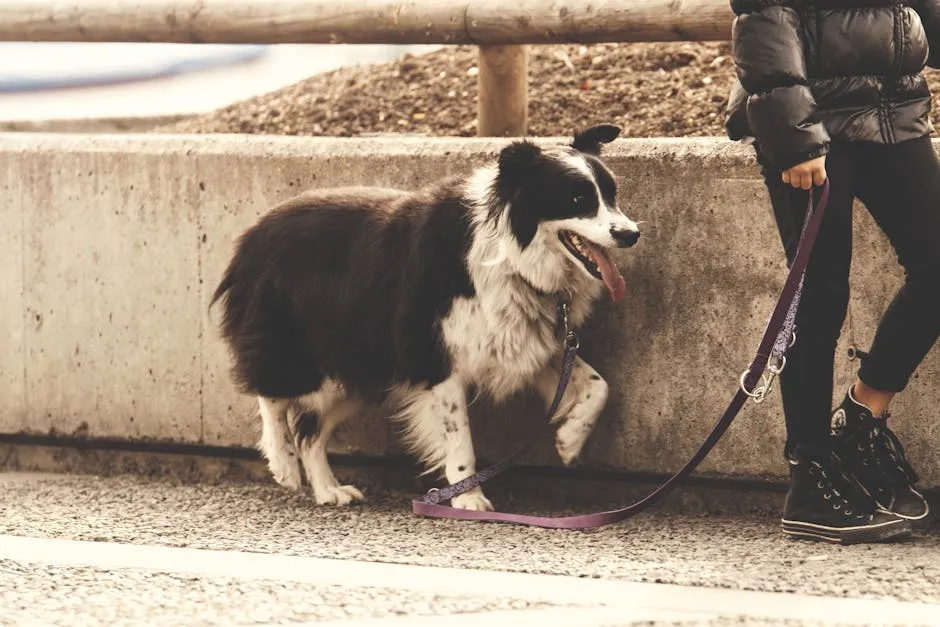
Recognizing these underlying causes helps owners tailor their training and management strategies effectively, creating a more harmonious living situation.
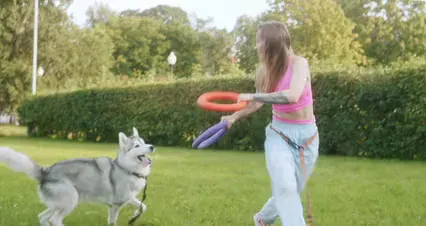
Managing Aggression
Desensitization and Counterconditioning
Desensitization and counterconditioning are essential techniques for addressing dog aggression towards strangers. Let’s break it down step by step.
Desensitization Process:
- Identify Triggers: Start by observing what specific situations provoke aggression. Is it the sight of a stranger? The sound of a doorbell? Knowing the triggers is crucial.
- Controlled Exposure: Gradually expose your dog to these triggers at a distance where they feel safe. For example, if your dog reacts to strangers, start by observing people from a safe distance.
- Increase Proximity Slowly: Over time, decrease the distance between your dog and the trigger. This should be done very slowly. If your dog shows signs of stress, take a step back.
- Duration Matters: Keep sessions short initially. Aim for 5-10 minutes of exposure, then gradually increase the duration as your dog becomes more comfortable.
- Monitor Body Language: Always watch for signs of stress such as growling, stiffening, or tail tucking. If these appear, stop the session and increase the distance.

Counterconditioning Process:
- Positive Associations: Pair the presence of the trigger with something your dog loves, like treats or toys. For example, when a stranger appears, give your dog a treat.
- Immediate Reward: The reward should be given immediately when your dog observes the trigger, reinforcing positive feelings.
- Consistency is Key: Repeat this process regularly. Consistent practice helps your dog learn that strangers mean good things.
- Gradual Progression: As your dog starts to associate strangers with treats, slowly decrease the distance. Continue rewarding calm behavior.
- Build Confidence: Over time, your dog will learn to remain calm around strangers, shifting their response from aggression to curiosity or indifference.
By implementing these techniques, you can help your dog react more positively to strangers and reduce aggressive behavior. Consider using a Dog Training Clicker Set to enhance your training sessions!
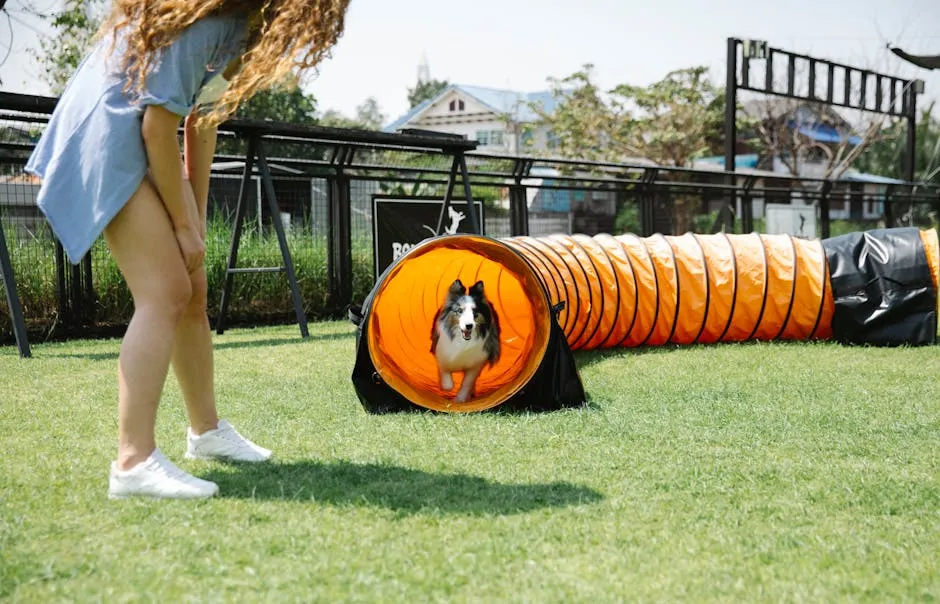
Professional Help
Knowing when to seek professional training is essential for managing dog aggression effectively. If your dog shows consistent aggressive behaviors, it may be time to call in the experts.
When to Seek Help:
- Frequent Aggressive Incidents: If your dog regularly reacts aggressively, whether through barking, growling, or lunging at strangers, it’s time to seek help.
- Escalating Behavior: If the aggression intensifies over time or leads to biting, professional guidance is vital. Safety is paramount.
- Lack of Progress: If you’ve tried training techniques without improvement, a professional trainer can provide a fresh perspective and new strategies.
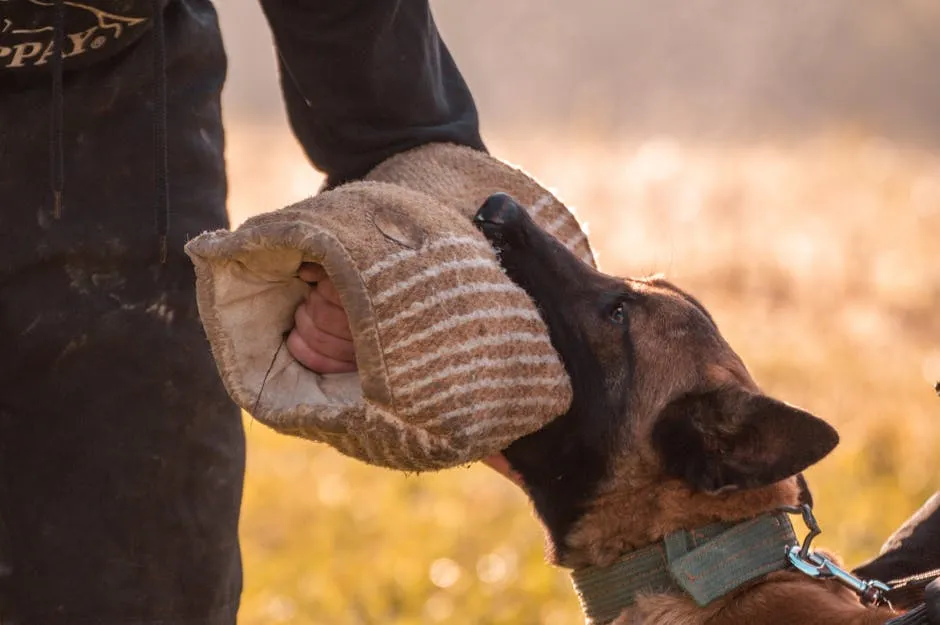
Role of Professional Training:
- Customized Strategies: A qualified trainer will develop a personalized plan that addresses your dog’s unique triggers and behaviors.
- Guidance for Owners: Trainers educate owners on managing their dog’s behavior effectively, ensuring consistent application of techniques at home.
- Support System: Professional support provides encouragement and motivation during challenging times. They can help troubleshoot issues that arise during training.
Investing in professional help can significantly enhance the training process, ensuring a safer and happier environment for both you and your dog. Don’t forget to have a Dog Behavior Modification Book handy for additional insights!
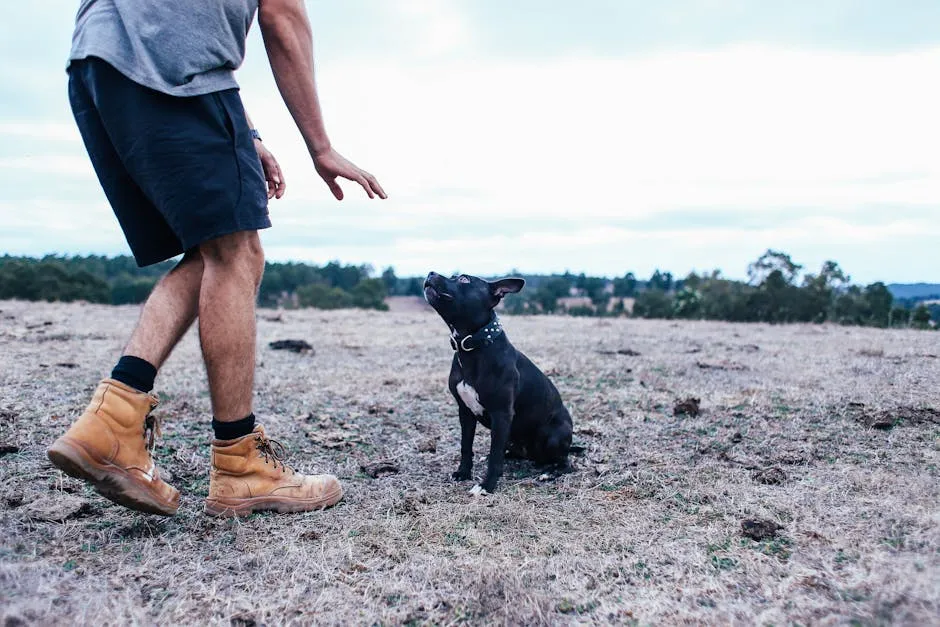
Case Study: Successful Management
Meet Bella, an anxious German Shepherd mix. Bella’s aggression towards strangers was alarming. Her owner noticed that she would bark, lunge, and even attempt to bite when anyone approached their home.
Initial Steps: Bella’s owner decided to work with a certified dog trainer. They started by identifying triggers, which included unfamiliar sounds and people walking by their house.
Desensitization: The trainer recommended desensitization techniques. Bella was gradually exposed to strangers from a distance while receiving treats for remaining calm. The owner would walk Bella past people at a safe distance, rewarding her for relaxed behavior.
Counterconditioning: The trainer also employed counterconditioning. Each time a stranger approached, Bella received high-value treats. This helped Bella associate strangers with positive experiences.
Results: Over several weeks, Bella became less reactive. The barking decreased, and she started to sit calmly when strangers passed by. With ongoing training, Bella now greets visitors more positively and no longer shows aggression.
Bella’s transformation highlights the effectiveness of desensitization and counterconditioning, demonstrating that with time and effort, aggressive behaviors can be managed successfully. If you want to ensure your dog is comfortable during travel, consider a Dog Travel Carrier for your next adventure!
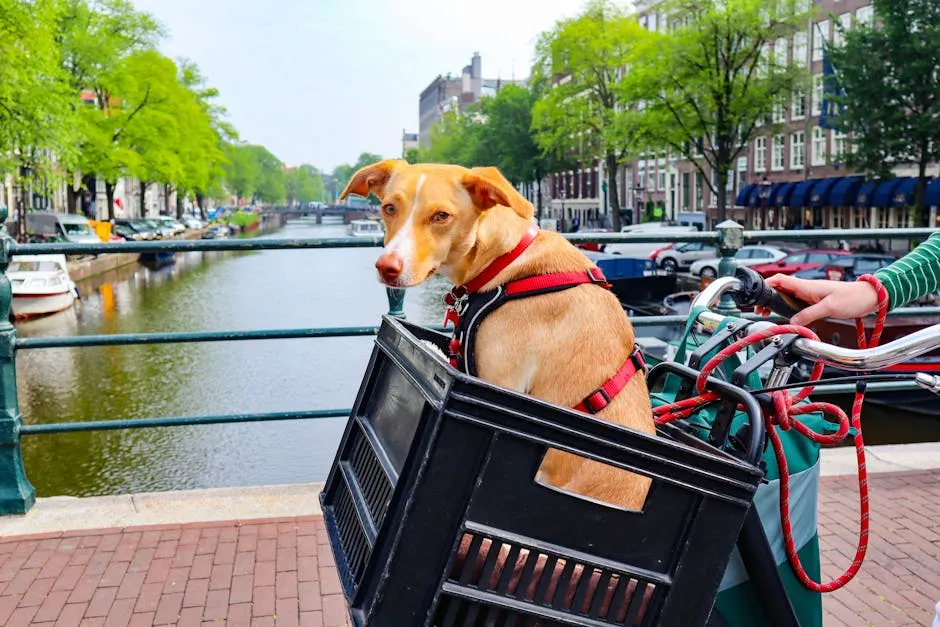
Preventative Measures
Early Socialization
Socializing puppies is vital for their development. Think of it as their first school. Just like children, puppies need to learn how to interact with their surroundings, including various environments and people. Early socialization prevents fear and anxiety later in life.
Start socialization as soon as you bring your puppy home. Take them on outings to parks, pet-friendly stores, and even busy streets. Introduce them to different sounds, sights, and smells. This helps them adapt to new experiences without becoming overwhelmed. Consider using an Interactive Dog Puzzle Toy to engage their minds during these outings!
Activities can also include playdates with other friendly dogs. This teaches them how to communicate and play appropriately. Puppy classes are another excellent way to ensure your pup meets diverse people and dogs in a controlled environment. Positive interactions during this crucial period can set the stage for a well-rounded adult dog.
Always reward your puppy for calm behavior around new experiences. Treats, praise, and playtime go a long way in reinforcing positive interactions. Remember, a confident dog is less likely to react aggressively towards strangers later on.

Regular Training and Enrichment
Regular training is essential for preventing aggressive tendencies in dogs. Basic obedience commands like “sit,” “stay,” and “come” create structure and promote good behavior. Training should be consistent and enjoyable for your dog. Use positive reinforcement methods, such as treats and praise, to encourage compliance.
Incorporating mental and physical enrichment into your dog’s routine is equally important. Dogs are intelligent creatures that require stimulation to prevent boredom. Activities like puzzle toys, scent games, and agility training can help keep your dog mentally engaged. A Dog Snuffle Mat for Mental Stimulation can also be a great addition!
Physical exercise is also crucial for reducing anxiety and frustration. Daily walks, fetch games, and playtime not only burn off excess energy but also strengthen the bond between you and your dog. A tired dog is a happy dog! Providing regular opportunities for exercise and mental challenges can reduce the likelihood of aggressive behavior, ensuring your dog feels fulfilled and content.
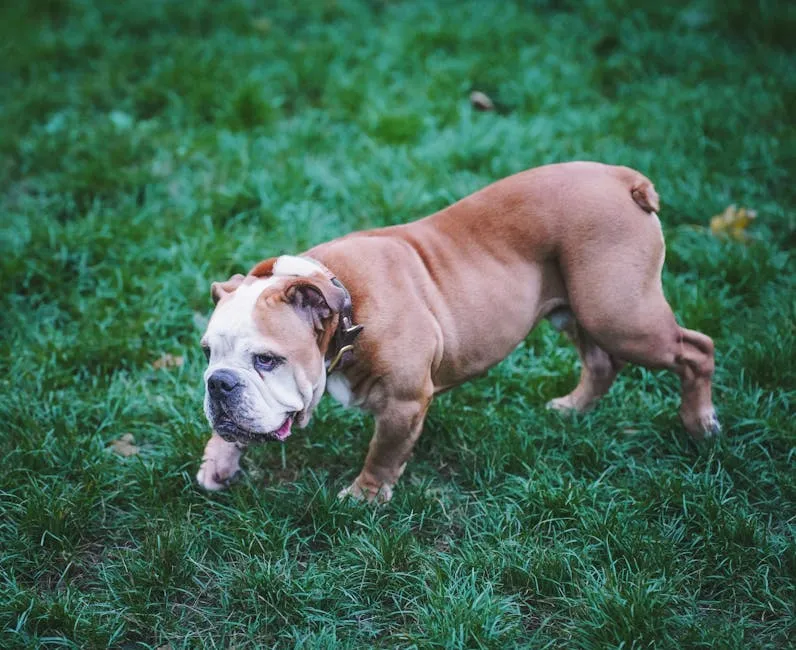
Conclusion
Understanding and managing dog aggression towards strangers is paramount for every pet owner. Throughout this article, we’ve explored the importance of recognizing signs of aggression and the underlying reasons behind it.
Early socialization plays a critical role in shaping a dog’s behavior. By introducing puppies to various environments and people, you help them develop confidence and adaptability. Regular training and enrichment are equally vital. They not only teach discipline but also prevent boredom, which can lead to frustration and aggression.
Proactivity is essential. By committing to a training routine and providing positive experiences, you can significantly reduce your dog’s chances of becoming aggressive. However, some situations may require professional intervention. Never hesitate to seek help from a certified trainer or behaviorist if needed. Their expertise can provide tailored strategies to ensure both your dog’s safety and that of the community.
Remember, a well-socialized and well-trained dog is not just a joy at home, but also a friendly companion in the world. Your dedication to their development can lead to a harmonious relationship, making walks enjoyable and interactions with strangers a breeze. Consider keeping your dog comfortable with a Dog Bed for Comfort for those well-deserved naps!
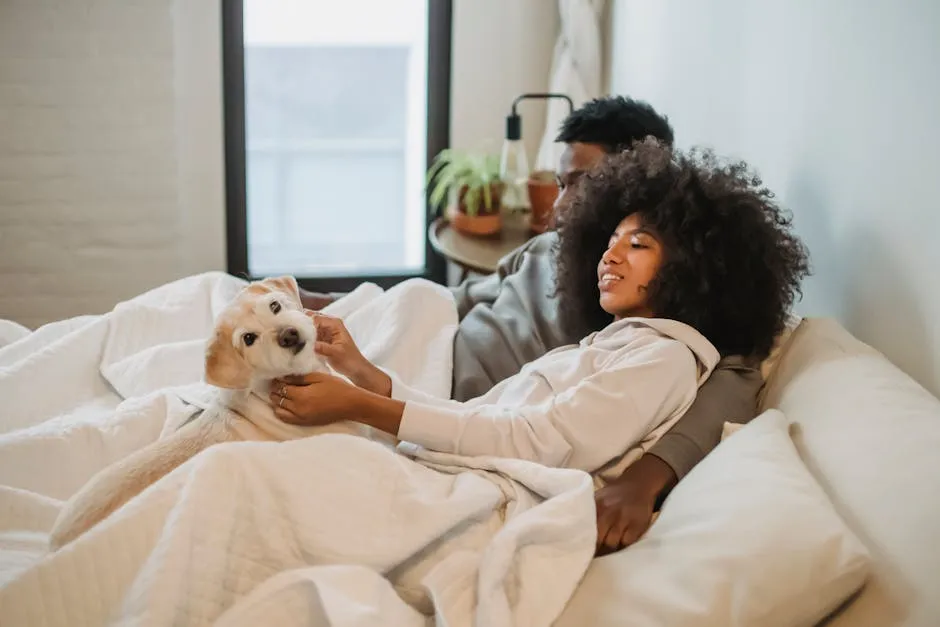
FAQs
What should I do if my dog shows aggression towards strangers?
First, stay calm. Your response sets the tone. If your dog is barking or lunging, remove them from the situation. Use a leash to manage their movement. Gradually introduce them to strangers from a distance where they feel safe. Reward calm behavior with treats or praise. Consistency is key! Avoid punishment, as it can worsen the behavior.
Can aggression be completely cured?
While it might be tough to say ‘cured,’ many dogs can learn to manage their aggressive tendencies. With dedicated training and behavior modification techniques, aggression can often be significantly reduced. Every case is unique, so work closely with a professional to tailor a plan specifically for your dog.
How do I identify the triggers for my dog’s aggression?
Start by observing your dog in different situations. Take notes on what happens before they show aggressive behavior. Common triggers include unfamiliar people, loud noises, or sudden movements. Identifying these triggers is essential for effective behavior modification and helps you create a safer environment for your dog.
Are certain breeds more prone to aggression?
Yes, some breeds may have a genetic predisposition to aggression due to their history. Breeds like Rottweilers, Dobermans, and German Shepherds are often mentioned. However, individual temperament and socialization play a massive role. A well-trained and socialized dog, regardless of breed, can be a friendly companion.
What role does neutering/spaying play in managing aggression?
Neutering or spaying can help reduce aggression linked to hormonal factors, especially in male dogs. It often decreases territorial and dominance-related behaviors. However, while it can be beneficial, it’s not a standalone solution. Combine it with training and socialization for the best results.
When is the right time to seek professional help?
If your dog shows consistent aggression or if their behavior escalates, it’s time to consult a professional trainer or behaviorist. Early intervention is crucial. If you feel unsafe or overwhelmed, don’t hesitate to reach out. A qualified expert can provide tailored strategies and support to ensure safety for both you and your furry friend.
Please let us know what you think about our content by leaving a comment down below!
Thank you for reading till here 🙂
All images from Pexels

